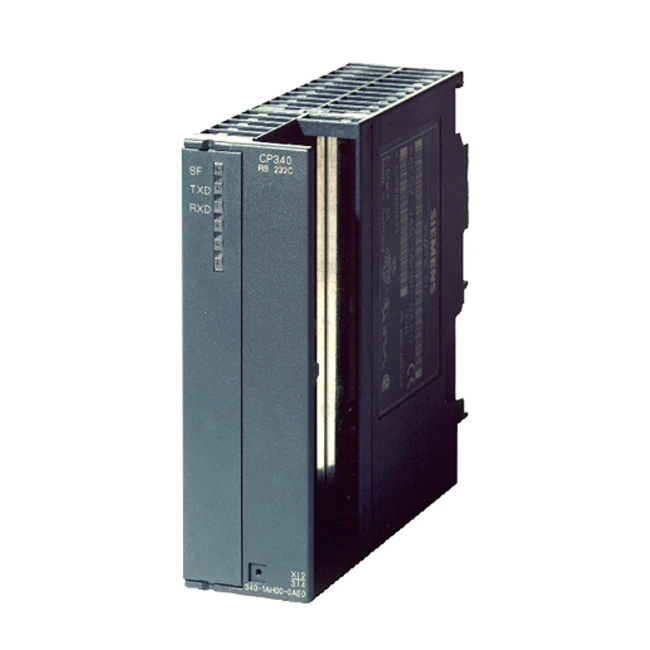When it comes to industrial automation and HMIs, some of the most basic elements are also hugely important: like operation-specific display size choices which affect everything from cost efficiency for functionality delivered per dollar to system-wide performance. In addition, HMIs (Human Machine Interfaces) are an integral part of myriad machinery and workers to communicate critical information in a format that provides control by means of a clear visual interface. Technology HMI panel screen dimensions have increased several times during the last few decades as a result of technological advancements in multitude of applications for many industries. More about navigating the wide world of HMI panels and how to choose them can be seen in this article that shows some certain dimensions, as well as modern options built around flexibility.
Different HMI Panel Display Sizes
HMI panels today range from tiny palm-sized devices for embedded systems and portable equipment right up to huge displays destined for industrial heavy-duty environments. Assuming at the lower limit, that means screens over even 3.5 inches in size - better for when space is truly of everyone's concern (like handhelds or small controls panels). Up to the largest screen size of 21 (and greater) inches for use in applications where a lot of information needs to be displayed, such as detailed process visualization or data-rich dashboards across very large manufacturing facilities and control rooms.
Exploring the HMI Screen Spectrum
HMI screens are measured diagonally and typically follow the standard 4:3 aspect ratio though more recently work at a common high-definition display that has an aspect of about 16:9. These dimensions affect what you get to view on the screen, which is aka how much detail and info appears in front of your eyes. So, we suggest using an HMI with 7 inches and 800x480 pixels resolution for simple monitoring tasks as this size offers agility when moving away from integrated softkeys on a smaller screen; meanwhile, the most advanced visual approach can be create by example at least of full HD (1920x1080) enabled-on-15-inch panel will not only provide you best visibility but also it opens entirely new capabilities to effectively design Human Machine Interface while performing multitasks.
Simplest Beginners Guide on Various HMI Panel Screen Sizes
Opting for the physical larger screen size is not always preferable, what really matters also is user experience and productivity. It needs to be approached holistically, considering characteristics about view distance and environment as well the content that is being displayed. Small HMIs (≤7 inches) for simple machines are effective suitable to close proximity operators Mid-size (8- to 12-inch) displays are reduced in size and equally portable yet more suited for factory floors and unit control. Pair also says the large HMI panels (16 inches-plus) are for information graphics and when a graphic is not going to be standing next to a person.
Choosing the Right HMI Display Size for Your Application
HMI display size selection is arduous since its main focus also requires intense scrutiny. Considerations include:
User Interaction: The amount of interaction user will have with the system and how complex this is Less powerful screens will be able to handle simpler tasks (photo 1), but more complex spice-maze designs may require larger ones.
Environment: Surfaces may need to be ruggedized or sprayed with certain coatings for harsh environments, which could affect size options due to pricing and durability.
Portability vs. Stationary Use: Smaller screens are more common on portables as they must be used while displaying the user, and larger panels can accommodate stationary uses where size is not a primary consideration.
The Flexible Range of Screen Sizes on Modern HMI Panels
The same comes to the flexibility part too as HMI panels today are much more flexible with respect to both sizes and functionalities than they used to be. Natively supports modular designs and form factors which provides easy swaps for display units if a feature or refresh is required. Modern touchscreen developments allow supporting gestures controls and user interface simplification, make large format interactive features possible without compromising performance or the issues with resistive touch vs. capacitive touch.
Likewise, UI/UX have been designed in software with support for scalable designs which adjust according to screen dimension and deliver one experience on any device. In this way the HMI application can be developed for a small screen - and displayed accordingly on a big one.
Just as the current range of HMI panel screen sizes is one intuitive - universal, in designer-speak. I guess this impugns similar to something adapt to modern automation solutioncludes anything a bit more like inetmational inference'd need about it? From compact screens that offer precise control in tight spaces, to larger displays with high situational awareness for more complex operations, the choice of HMI screen size plays a huge role in improving workflow efficiency and operator comfort-boosting overall productivity of industrial processes. In this era of technological evolution - and these ways that not we could have imagined - the future is going to surprise us with a myriad new HMI solutions to change even more how people interface with their machines.
 EN
EN
 AR
AR
 BG
BG
 HR
HR
 CS
CS
 DA
DA
 NL
NL
 FI
FI
 FR
FR
 DE
DE
 EL
EL
 HI
HI
 IT
IT
 JA
JA
 KO
KO
 NO
NO
 PL
PL
 PT
PT
 RO
RO
 RU
RU
 ES
ES
 SV
SV
 CA
CA
 TL
TL
 IW
IW
 ID
ID
 LV
LV
 LT
LT
 SR
SR
 SK
SK
 SL
SL
 UK
UK
 VI
VI
 SQ
SQ
 ET
ET
 GL
GL
 HU
HU
 MT
MT
 TH
TH
 TR
TR

 (1)/images/share.png)
